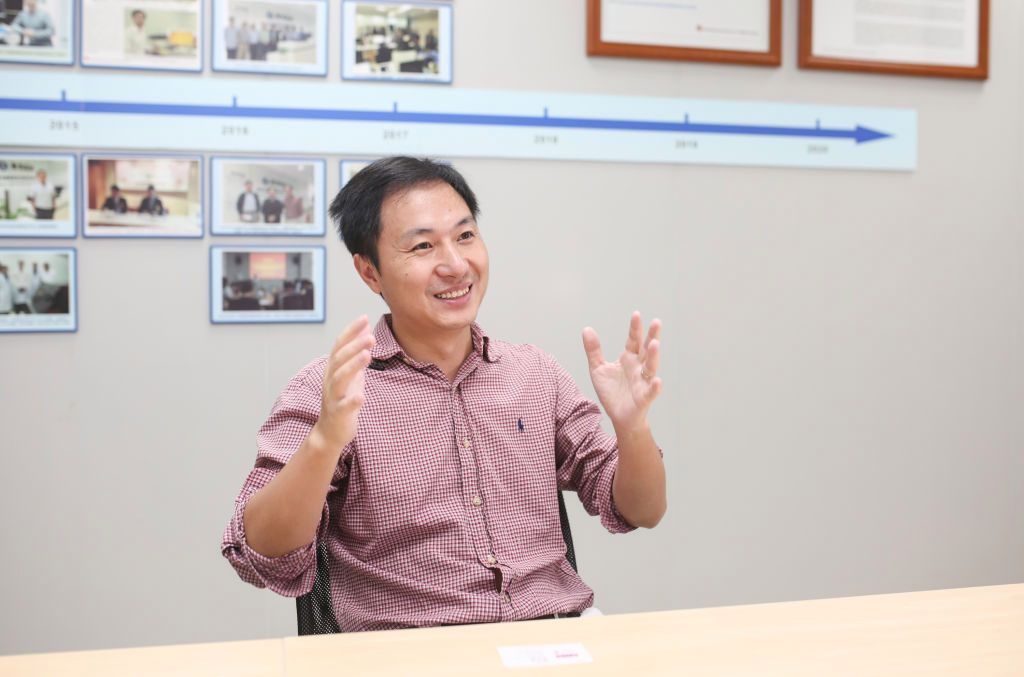In the past decades, technological innovations and advancements have seen tremendous improvements in the detection and treatment of ailments and diseases. This has increased quality of life and extended life expectancy. However, there are still many diseases that are deemed irreversible or incurable, dementia and Alzheimer’s – a form of dementia – have been one of them.
Different scientific research and new forms of creative solutions have in the time past emerged. Now, a team of scientists from the University of Queensland (UQ) has identified a breakthrough ultrasound treatment which they believe could significantly reverse the symptoms of dementia. Specifically, it promises to delay many of the effects.
About Dementia And Why It Is Irreversible
The Alzheimer’s Association described Dementia as a general term for a decline in mental ability severe enough to interfere with daily life. It is caused by physical changes in the brain. Alzheimer’s is the most common type of dementia, but there are many kinds.
This memory-robbing disease is incurable and no medication or procedure has been known to slow down its progress, however, there are medications known to improve the symptoms. This is majorly due to the fact that the disease is a result of physical changes in the brain.
In the brain of someone with Alzheimer’s disease, there is a build-up of beta-amyloid –a special category of proteins– between the neurons, and inside neurons another type of protein clumps together and causes cell death. This toxic build-up could easily be removed by drugs, but the blood-brain barrier hampers the drug delivery. This makes the cure virtually impossible. However, there is a new breakthrough, using ultrasound to deliver treatment through the blood-brain barrier.
Breakthrough To Turn Back The Clock On Dementia
Preparations have been underway for a few years by the team from UQ’s Queensland Brain Institute (QBI) since the revolutionary technique was first developed in 2015.
They determined that the buildup of beta-amyloid –a special category of proteins which has been linked in many studies to Alzheimer’s–can lead to both:
(1) the onset of dementia,
(2) cognitive decline.
This buildup can be disrupted, with the researchers concluding at the time that “repeated scanning ultrasound may be a noninvasive method with potential for treating Alzheimer’s disease”.
Professor Jürgen Götz of the QBI and study co-author explained the process as well as its impact:
“The ultrasound waves oscillate tremendously quickly, activating microglial cells that digest and remove the amyloid plaques that destroy brain synapses.”
“The word ‘breakthrough’ is often misused, but in this case, I think this really does fundamentally change our understanding of how to treat this disease, and I foresee a great future for this approach.”
An added advantage is the fact that the method is relatively cheaper than alternative treatments, as well as being non-invasive.
See the Video Below For a Detailed Description
Human Trials Are Underway
The QBI team has reported that they hope to have the first human trials underway as early as late-2019, although a lot of this will depend on securing funding, as a large part of their work is based on donations.
QBI Director Professor Pankaj Sah explained how actions like these are essential in evolving their research:
“The technology temporarily opens the blood-brain barrier to remove toxic plaques from the brain and has successfully reversed Alzheimer’s symptoms and restored memory function in animal models.”
“The human safety trials late next year are the next step, representing an investment in research that is already underway. Funding is essential if we are to continue to move closer to producing a non-invasive treatment for dementia, which affects more than 350,000 people nationwide.”
Details from the original study linked to the ultrasound technique appear in a paper, titled “Scanning ultrasound removes amyloid-β and restores memory in an Alzheimer’s disease mouse model”, which was published in the Science Translational Medicine journal.
Interesting Right? Do well to share with others using the social links below.



